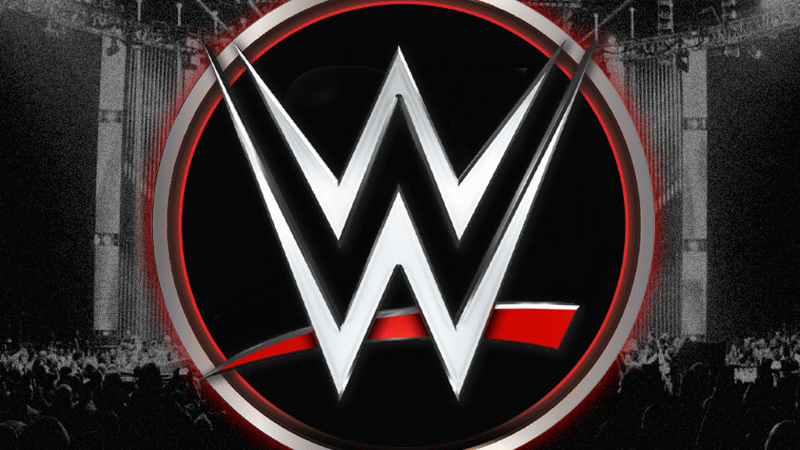
The spectacle of WWE wrestling is one of the most popular forms of entertainment today. Under the bright lights, wrestlers act out elaborate storylines of good versus evil. But what really goes on behind the scenes of this multi-billion dollar industry? A peek behind the curtain reveals a world very different from the scripted drama seen by fans.
Wrestling is More Acting Than Sport
Although WWE matches often appear grueling, with wrestlers taking dangerous bumps and falls, the reality is most of the in-ring action is carefully choreographed. Wrestlers are actors first and athletes second. They memorize scripts and work with each other to pull off convincing stunts without getting seriously hurt.
Planning sessions before events are spent plotting out intricate spots and sequences. It’s similar to how a dance troupe or circus choreographs performances. Of course, wrestlers still need tremendous athletic ability to make it look good for the crowds!
While many fans watch WWE for the thrilling narratives and athleticism, others engage in more interactive ways. As a fan, you can bet on your favorite sport, make predictions, and place wagers all while watching WWE match outcomes because the results are pre-determined.
Extensive Training is Required
To even be considered for WWE, prospective wrestlers must first put in years of training to build their skills. Many start at independent wrestling schools to learn the fundamentals of in-ring work, character development, and promo skills.
Even after signing with WWE, there are months of additional training at the company’s Performance Center in Orlando. Wrestlers drill extensively on technical skills, strength and conditioning. Acting coaches help them refine their characters. The training process never really stops.
Wrestlers Have Little Creative Control
WWE management tightly controls nearly every aspect of what fans see on TV. Wrestlers themselves have little say in creative directions. Writers hand them scripted promos, plan out matches, and book storylines usually without wrestler input. Those who get over enough with fans may earn some more influence, but otherwise they are expected to closely follow directions. Unhappy wrestlers who speak out risk losing opportunities.
Extensive Travel is Constant
Despite the glamour of WWE, the job involves a grueling travel schedule. Wrestlers are on the road for over 200 days a year, crisscrossing the country and globe. They often wrestle multiple shows a week, while having to train, deal with injuries, and do media appearances.
Being away from family so much takes a toll. “Road wife” relationships develop between wrestlers who travel together frequently. The non-stop travel is partly why substance abuse has long plagued wrestlers.
WWE Controls Public Image
WWE wants fans to see their wrestlers as larger than life superheroes and villains – not as real people. They place strict limits around how wrestlers project themselves publicly. Promotional appearances and social media are monitored.
Getting into trouble in real life can lead to punishment. The company owns wrestler likenesses and names, preventing external opportunities. Many wrestlers chafe under WWE’s control over their careers.
Unions are Discouraged
Unlike major sports leagues, WWE wrestlers do not have a union. Attempts to organize have been squashed. Without collective bargaining, wrestlers lack leverage in negotiating contracts, benefits, and safety protections.
WWE classifies them as independent contractors, not employees, avoiding many liabilities. But this deprives wrestlers of stability and power over their careers. Many feel exploited yet are afraid to speak out.
Injuries are Common
The human body was not meant to handle 300 days a year of physical punishment. The combination of grueling schedules, dangerous stunts, and lack of offseasons means WWE wrestlers are constantly battling injuries.
Knee, neck and back problems are most common, often requiring surgery and shortened careers. Concussions happen frequently as well. WWE has improved healthcare recently but still faces criticism over its treatment of injured wrestlers.
Conclusion
While WWE wrestling appears flashy and exciting on screen, behind the scenes it’s revealed to be an industry that is highly controlled, grueling and often exploitative of the performers who make it happen. But there is also camaraderie among the wrestlers as they travel and work together pursuing their dreams. The unscripted reality of WWE is far messier and more complex than any storyline.



